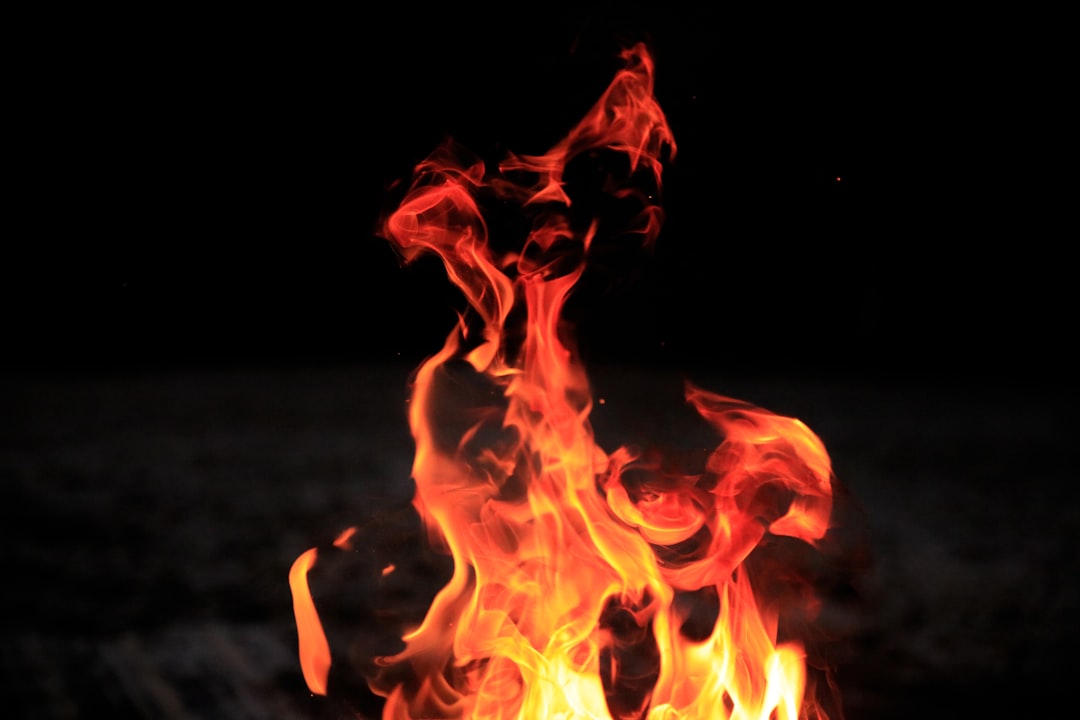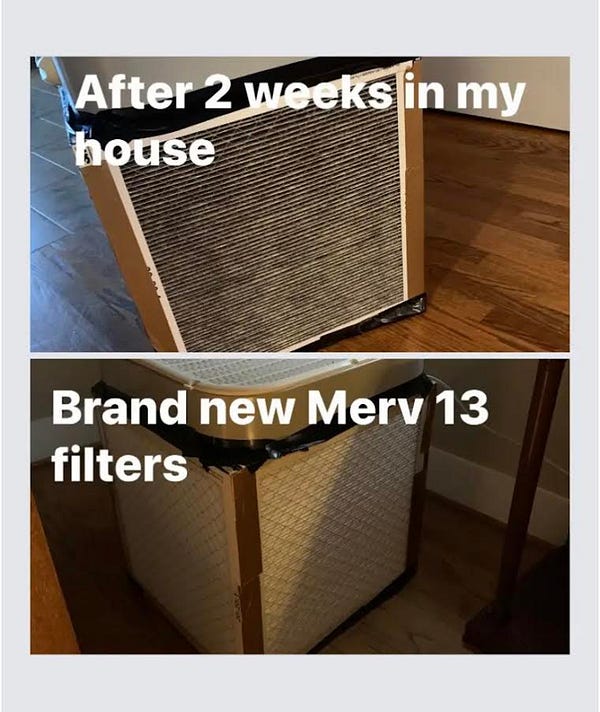Not-So-Sweet Home Alabama
For almost two months, residents near Birmingham have been dealing with an underground fire at a landfill that many say is causing headaches, coughing, burning eyes and more.

Sometimes air filters just don’t cut it. That’s what residents are learning from an underground fire at an Alabama landfill that has continued to pollute the air for more than 50 days.
The Moody Landfill, located in Moody, Alabama, is a solid waste disposal facility that buries trash and garbage beneath layers of soil and other cover materials.
Moody is a small town located about 15 miles east of Birmingham with almost 14,000 residents.
The local news has reported that people there are experiencing headaches, coughing, red, itchy eyes and breathing problems. Plus, they are dealing with a constant smell.


The landfill fire was first reported on Nov. 25 in unincorporated St. Clair County. The fire is burning mostly underground at a dump operated by Environmental Landfill, Inc., which is regulated by both the U.S. Environmental Protection Agency and by Alabama state environmental departments.
Air quality monitors surrounding the Moody landfill are detecting pollution. The monitor closest to the fire registered unhealthy conditions on Monday morning, AL.com reported, although the monitor later reported improving air quality.
Local officials are scrambling to figure out this mess.
St. Clair County officials have said they’re evaluating bids from multiple contractors to put out the massive fire. County Commission Chairman Stan Bateman said in a commission meeting that he believes the state will ultimately make the decision about which bid to accept to put out the fire, using information sent by the county.
“We don’t think the county is going to be the one selecting the company,” Batemon said. “We think it’ll be selected by somebody either on the state or the federal level to put this fire out.”
Sounds like a game of hot potato, if you ask me! Not my responsibility, not mine! I’ve seen this happen so many times when it comes to these cases.
Meanwhile, the drone footage of this fire is quite ominous.
The whole situation is more than unfortunate and brings up so many issues.
Who are your elected officials and can you trust them to help you when environmental pollution is at your door?
Where does our stuff go when we are done with it and who monitors its safe disposal?
Legally, the landfill is meant for green waste, such as fallen trees, brush or leaves, but residents and inspectors from the Alabama Department of Environmental Management have documented unauthorized waste including tires, appliances and construction material.
Exposure to constant smoke is harmful to human health. Particulate matter from smoke can cause irritation of the eyes, nose and throat; coughing; phlegm; chest tightness and shortness of breath, according to the U.S. EPA.
What a mess! I hope bringing more attention to these issues can help raise awareness.
Modern landfills are meant to be well-engineered facilities designed to receive specific kinds of waste and designed to protect the environment from contaminants.
But how well are these facilities monitored and who is responsible when a crisis like a massive underground fire occurs?
We need better planning and management. The oversight of landfills is conducted at the state or local level, which means how these facilities are managed will vary depending on the funds in your local area.
The EPA does not maintain a list of all the landfills in the United States, although it is estimated that there are about 3,000 active landfills and 10,000 closed landfills across the country.
As we continue to discuss infrastructure updates, I think revisiting how we operate and maintain landfills should be an important part of the conversation.
And for those interested in getting more involved, I encourage you to check out the great work of Sustainability Matters in Virginia.
Their flagship initiative called Making Trash Bloom reclaims “dead” land by planting native pollinator and wildlife habitat at landfills. They build community engagement around environmental transformation, inspiring and educating the public to create similar landscapes at home and elsewhere.
Do you live near a landfill? Many people don’t realize it until health issues pop up. Let us know what you think in the comments below!


